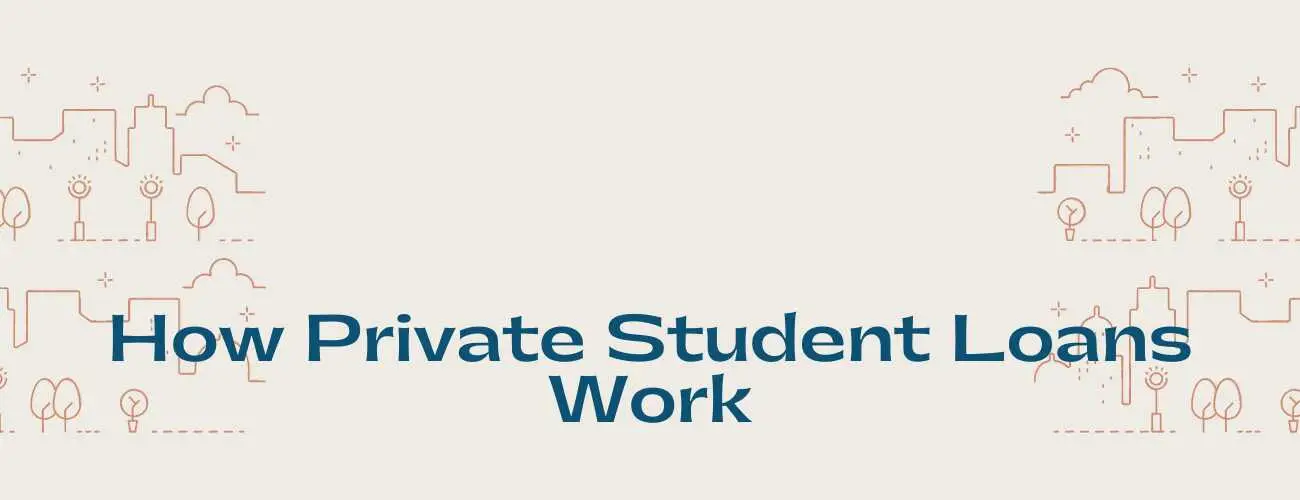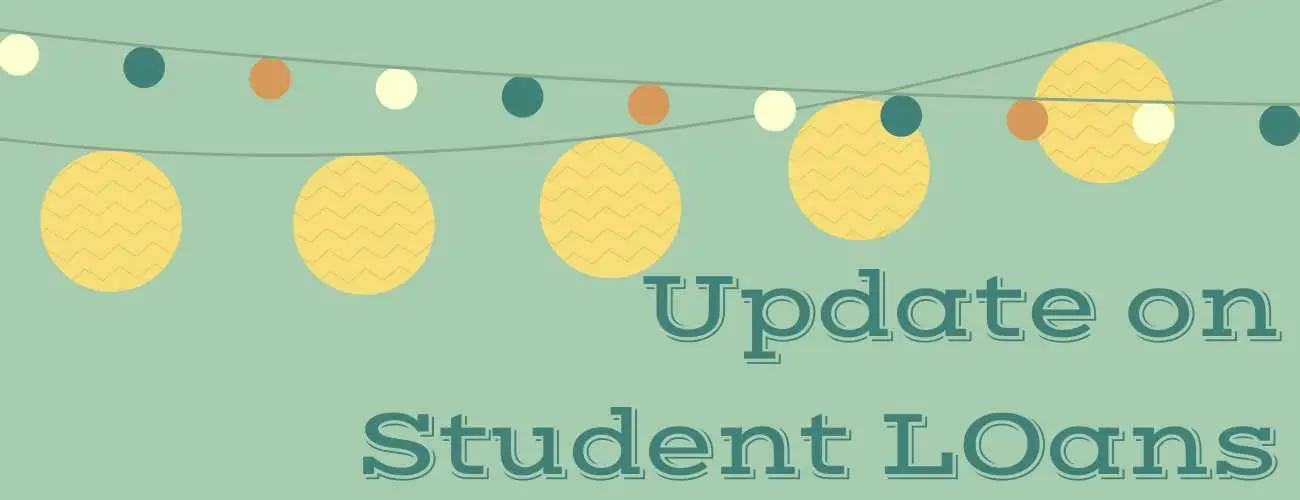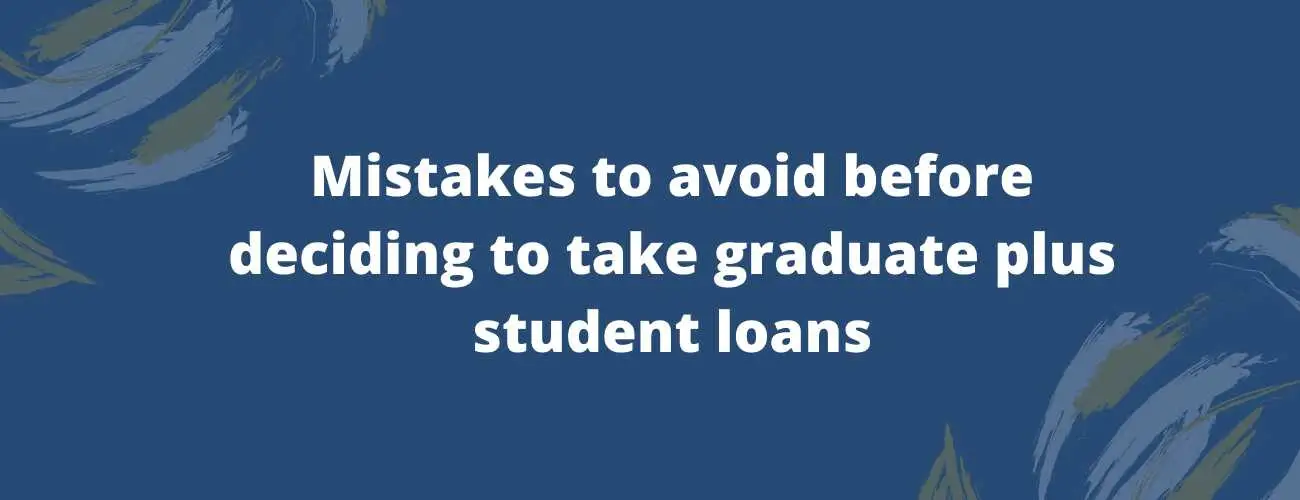Stop Tax Refund Offsets Because Of Student Loan Debt
Defaulted on your federal student loans? The federal government will get their money back. They can take your tax returns and use it towards the repayment of your federal tuition debt. Find out how you can challenge this tax refund offset and much more.
Updated by Jason Joy Manoj on 12th November 2019
Paid your taxes on time? Like a good citizen should. If it’s tax season then it’s time to get your refund. But for those student loan borrowers who have defaulted on your federal student loans, you could be deprived of this refund. The IRS will be notified and the tax refund will be used to pay the federal tuition debt.
Are you looking to secure your refund? It’s never too early to prepare and secure your refund. You don’t have to wait for the tax season. The department of education takes the decision of collecting your tax refund. If you are behind with your federal student loans don’t be dismayed. You can challenge the tax refund offset or can even request it to stay on hold.
Table of Contents
- What is tax refund offset?
- Challenging a tax refund offset
- What if I agree to pay my debt?
- What if I choose to not take any action?
- How to prevent tax offsets
What is a tax refund offset?
One of the government’s powerful tools is to collect the repayment of federal student loans, one way or the other. If you have defaulted on your federal student loans then the government can use your tax refund to repay the student loan.
There are even a number of states that have laws used to authorize state guaranty agencies to collect the state income tax refunds given the individual has defaulted. Computer records of the borrowers who have defaulted are sent to the IRS. A borrower who is in default can expect all or a portion of their tax refund taken and used in the repayment of their student loans.
The federal government does not require anyone’s permission to garnish a borrower’s wages if he/she has defaulted on their student loans. A request will be sent to the Treasury from the Department of Education to seize your tax refunds. If the debt is paid off and there is a balance left from the amount seized it will be returned back to the borrower.
What if I file a joint tax return?
If you file your taxes jointly the IRS can take the entire joint return. Given the situation that your spouse isn’t connected to your federal student loan, the IRS can still seize the entire amount. It should be noted that your spouse can get their portion refunded back to him or her.
Statute of limitations and tax refund offset on student loans?
One must know that the statute of limitations is not applicable to federal student loans. The IRS can offset your tax returns for every year your student loans are in default. It should be noted that the IRS will have to notify you by mail and will allow some for the borrower to respond.
Worried about your college tuition? Read more on student loans
Challenging a tax refund offset
A borrower can request a hearing to challenge the tax offset. The IRS has stated that a borrower who wants to challenge the tax refund offset must make an appeal to the Department of Education to challenge the offset after it has already been done.
Here are the defenses one can use -
-
The borrower is permanently disabled or is dead
-
The school did not pay an owed refund
-
The loan provided is not enforceable. This can be the situation in the cases of forgery
-
The borrower is eligible for a closed school discharge or a false certification discharge
-
The school failed to pay the borrower an owed refund
-
The loan was discharged during bankruptcy (given the borrower had filed for bankruptcy)
-
The borrower has repaid the loan in full
-
A repayment agreement has already taken place and the borrower has started making payments as required
What if I agree to pay the debt?
If the borrower has agreed to pay the debt that doesn’t mean that he or she will pay the whole amount in one shot. Once you’ve come into an agreement you will have to follow the steps required to get your loan out of default. This could include rehabilitation or consolidation.
Once you’re out of default you need to start looking into the federal repayment plans and select the one that is best suited for your financial condition. Choose well so you don’t fall into default again later on. Out of the various repayment plans offered it is advisable to go for an income-driven repayment plan.
This kind of repayment plan decides the monthly payments to be made based on a person’s income and family size. There are cases where a person to qualify for a payment as low as zero. After making a number of consecutive payments the borrower can qualify to have his/her remaining balance forgiven.
What if I choose to not take any action?
If you have decided to not take any further action or never received a letter which warns about the proposed tax offset. There are still some options one can go ahead with -
-
If you are under the impression that your tax refund was taken in error you will have to reach out to the Department of Education (not the IRS) to challenge the offset.
-
If your refund was not taken in error but if the borrower can prove a financial hardship you can qualify to get a portion of the refund amount returned to you. Although it is not advised to bank on this method as this method is not known to be successful.
-
If you file your taxes jointly then you can file an “injured spouse” claim so that your spouse can get a portion or the entire amount of the tax refund returned.
How to prevent tax offsets?
If you are currently approaching default or already in default on your federal student loans then you should take the best possible action to try and get your loans out of default before tax season. Going ahead with default rehabilitation, consolidation or entering into a repayment plan where the payments to be made are decided based on a borrower’s income and family size.
If you are not quite sure how to go about getting out of default then it is recommended to seek financial help. It is important to be well aware of all the options available to you and go for the option that best suits your financial condition.



93.jpg)


28.jpg)
